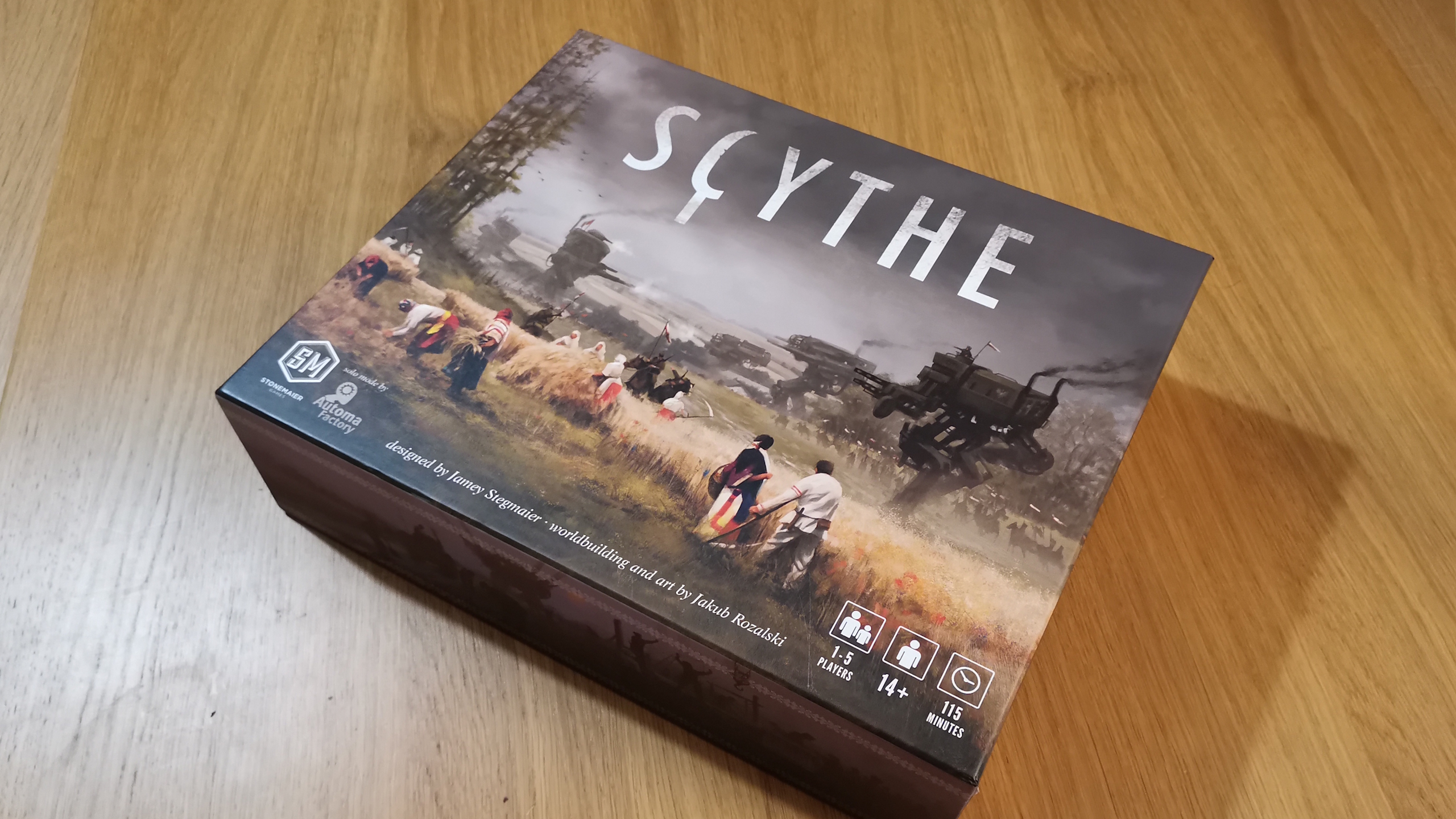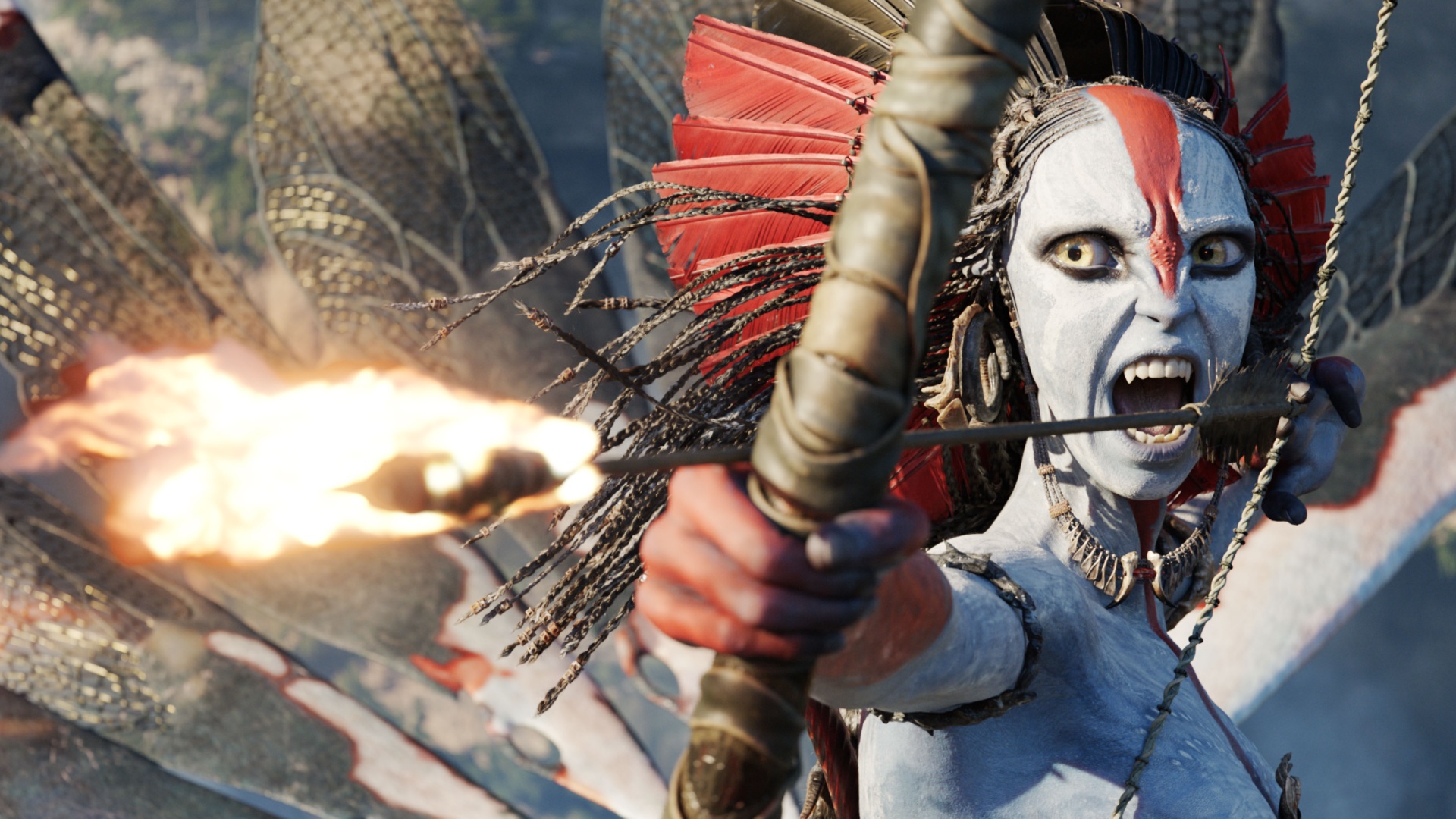Hands-on with Nexuiz
Free PC arena shooter gets a slick makeover for its XBLA/PSN debut
Unless you’re a fan of free-to-play PC arena shooters, chances are you’ve never have heard of Nexuiz (pronounced “Nexiwiz” or “Nexus,” depending on who you ask). And in that case, you’re probably unaware that the game – an open-source, multiplayer FPS created using the original Quake engine and availablehere– is currently in the process of being completely overhauled for a summer release on Xbox Live Arcade and the PlayStation Network.
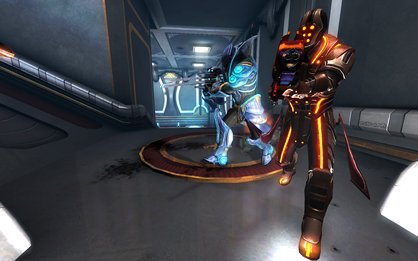
A relatively uncomplicated arena shooter (think Quake III or any of the Unreal Tournament games), Nexuiz takes competitive FPS-ing back to its roots: running around in tight spaces, tryingto blow up anything that moves and isn't on your team. There's a story behind it,about an intergalactic war between two civilizations (the red Kavussari and the blue Forsellians) butall you really need to know is thatsaid conflict is fought entirely through four-on-four team deathmatches and eight-on-eight games of Capture the Flag, across a variety of huge (but enclosed) environments.
We played in just one of those environments – a big, futuristic building full of ramps, blind corners and strategically located jump pads– and our experience with the game couldn’t have been more straightforward. If you’ve ever played Quake or Unreal competitively, you already have a rough idea of what to expect: lots of jumping, lots of running and lots of shooting anyone who isn’t on your team until they’re dead. There are armor shards to pick up, interesting weapons to shoot (nine in all, each of which has a secondary fire function) and plenty of ways to die accidentally.
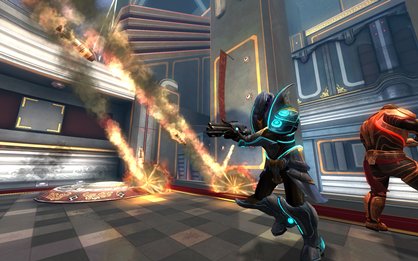
Making things more interesting are the game’s “mutators,” random power-ups triggered by racking up kill chains. These have the potential to completely change the rules of the match, although the only really noticeable effect they had while we were playing was to set every weapon – including rocket launchers and sniper rifles – to rapid fire, which was kind of awesome. Still, the game has some time to go before release, so the mutators – of which, we’re told, there will be “a lot”– will no doubt be a lot more diverse in later versions.
Kedhrin Gonzalez, the game’s lead designer, made it a point to mention that other arena shooters don’t “embrace the console-gamer mentality,” something Nexuiz intends to do with the help of subtle improvements like auto-aim assist, sticky targeting and fast, powerful close-quarters attacks. Also on offer will be an integrated clan system, the ability to broadcast your achievements across social media and a leveling system that will slowly grow your stats as you rack up victories.
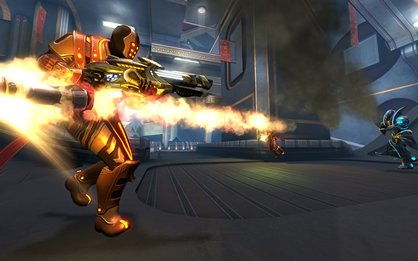
When it’s finally released, Gonzalez said, the game will be available for around $10-$15, and it’s possible its play modes will be expanded by updates or DLC down the road. Price aside, though, the real question is if seriously old-school arena action can still find an audience on current-gen consoles – or if what it offers will be different enough from, say, Halo to carve out a niche in the crowded console FPS scene. We’ll find out for sure sometime this summer.
Mar 23, 2010
Weekly digests, tales from the communities you love, and more

